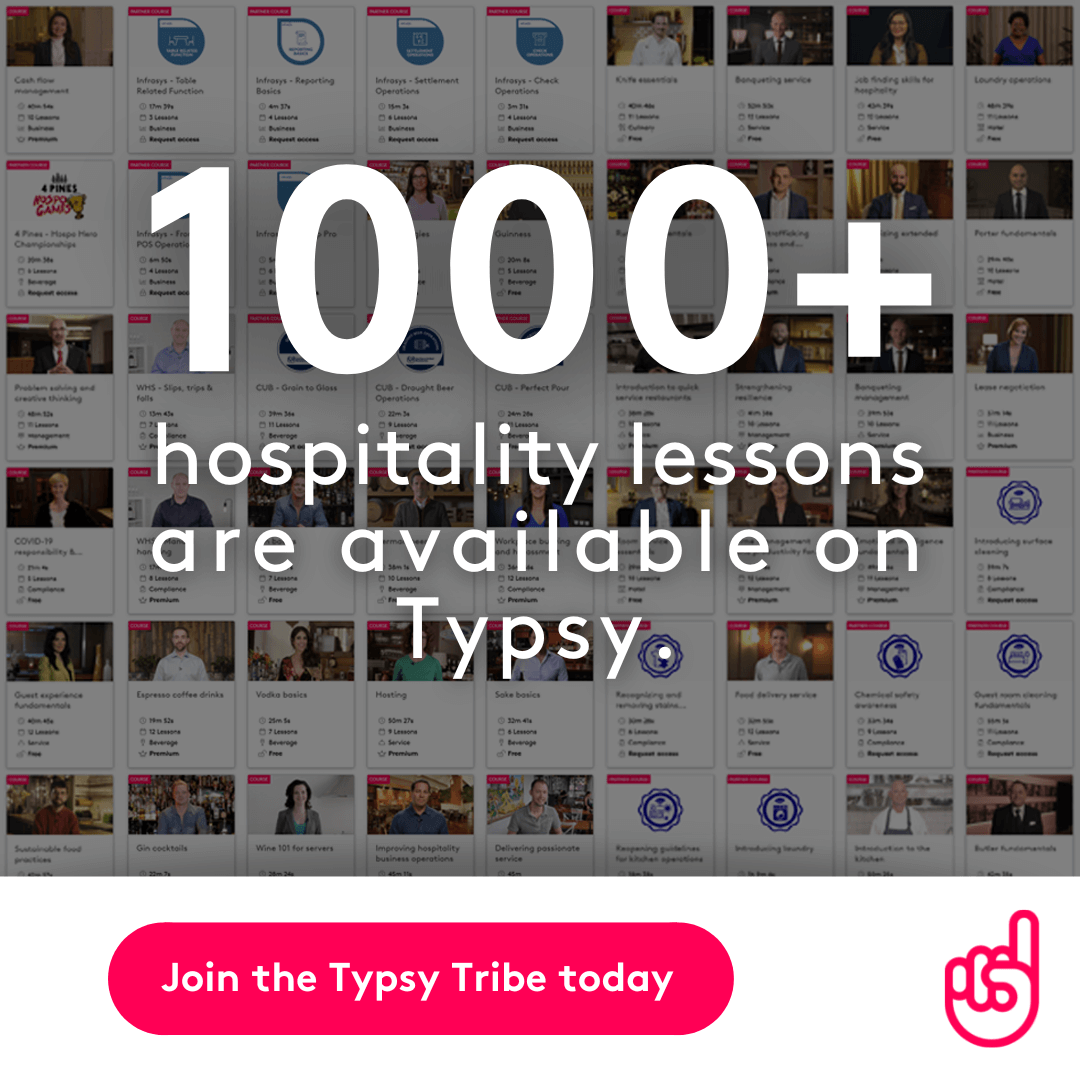When it comes to evaluating your business based around metrics, it’s easy to see metrics based around sales, marketing input vs output and even to see performance based metrics around initiatives you roll out to your teams.
But evaluating customer service metrics are a little more difficult because it seems that they are tied to more of a philosophy vs actual measurable metrics.
You could be thinking to yourself, it’s easier for larger companies to be able to track metrics because they have software to track these metrics, and they have people focused on this. But we all have the power to evaluate the impact customer service has on your business.
Here are some metrics that you can use today, to start measuring the impact your customer service has on your hospitality business.
Use your POS System reports
First of all, if you do not have a POS (Point of Sales) system that allows you to track your employees’ performance based on sales, then you need to make that shift right now.
The majority of POS systems have a report that focuses on the employee profit and this is a major indicator when it comes to customer service.
Some people are going to think, wait a second! What do sales have to do with customer service metrics? What’s exciting is that customer service has everything to do with customer service.
The bigger the guest check average, the better the service.
Businesses are losing billions of dollars due to poor customer service. According to Forbes, businesses lost $62 billion dollars in 2016 simply because of poor service.
The restaurant industry is a $799-billion-dollar industry so imagine how much you are losing simply because of customer service.
This metric allows you to see who is providing the customer with the best experience, who is offering those specials, who is upsetting the premium liquors or pairing cocktails with meals, etc.
It’s a measurable metric that you can use to instantly see the impact each employee has in your restaurant. Most restaurant owners shy away from this because of large parties.
According to the American Express Survey, 7 in 10 people said they are willing to spend more in establishments where they believe provide excellent customer service.
However, if you train your staff effectively, they’ll count how many people are at the table and input the number of guests on every ticket so you can measure the impact on a per guest metric.
Understand your loyalty metrics
How often are your customers returning to your venue? Is this one that you can track? If not, it’s important to understand how many customers are returning.
According to the White House Office of Consumer Affairs back in 2016, it’s been proven that loyal, returning customers are worth up to 10 times as much as their first purchase.
If that is the case, why are so few restaurants willing to invest in a loyalty program that will allow them to track the frequency in visits? Also consider how much each customer is spending on the times that they are in the restaurant - this is crucial information.
We all think of loyalty programs as something that Starbucks has or perhaps more of a coffee shop mentality, but if you are constantly searching for new customers, you’ll be forking out a lot to be constantly on offense.
Think about it this way, games are won by playing effective offense and defense. Here, defense is your customer experience and what’s happening in the walls of your restaurant, your offense then, is what you're doing to retain them. The truth is, it doesn’t need to be a high scoring game to win, as long as you have a solid defense in place.
So what keeps customers coming back to any establishment? It’s the service, the personalization and how you make them feel that brings people back to an establishment. Personalizing the experience and being able to track the frequency in which they visit (and how much they spend on each visit) will help you track your customer service.
Work the floor, get customer feedback
Some managers like to hide in the office because they have “administrative” things to work on. However, managers shouldn’t be hiding out in the office when customers are in the dining room!
Managers need to be making rounds, interacting with the customers and personally checking to make sure the experience of every guest is an impactful one.
Nothing replaces a genuine human interaction with another human. Surveys are a great way to measure feedback after a visit and get your customers to sign up for your email list while they’re in the restaurant so you can get further insights and feedback.
But so many restaurants are trying to automate the customer service or customer experience that it ends up ruining the experience for the customer.
As restaurateur, Rudy Miick says, a restaurant is “a place where people go to get restored” and that shouldn’t be taken lightly. If managers are too busy hiding instead of making sure that their team is taking care of every customer - then that’s one metric that you will miss and will be a detriment to your establishment.
Instant feedback from your customers and their experience allows you to make adjustments right away and to fix any issues. If you can’t stay ahead of the issues or have a plan in place to fix issues when they arise, you have already missed the mark.
Metrics are used to measure your success. Instant metrics on your current experience with your current team will allow you to be constantly raising the bar for your customers and your employees.
Did you know that a typical business only hears from 4% of their dissatisfied customers? If that’s the case, how many opportunities are you missing because you've hidden in the office, instead of interacting with your customers?
At the end of the day, customer service is measured by the overall experience. When you design a training program that creates a culture of excellence, you’ll be able to see measurable metrics with sales, frequency in visits and instant feedback from your customers.
Learn more about customer service with our 'Delivering passionate service' course with Jason James. Start now!
 |
Andrew Carslon is on a mission to change customer service in restaurants and bars across America. His work includes programs to ensure exceptional customer service to creating unforgettable experiences. He is a speaker, coach, the author of Customer Service is the Bottom Line and host of the podcast Beyond the Restaurant. |
You might also like:
.gif?width=1200&height=400&name=Hubspot%20Blog%20banner%20GIF%20(2).gif)







